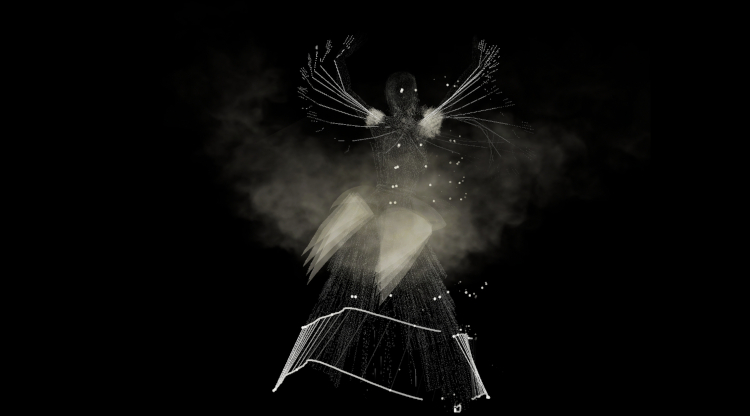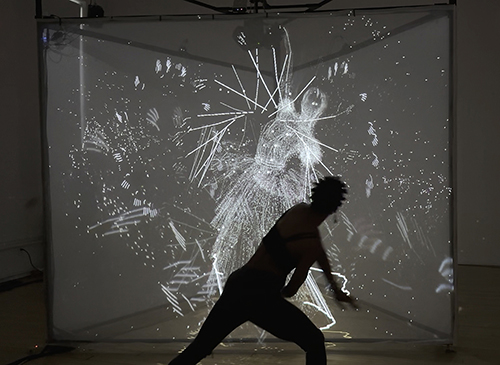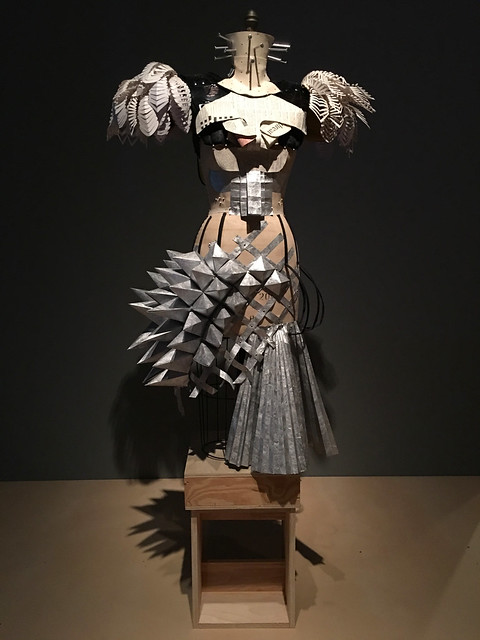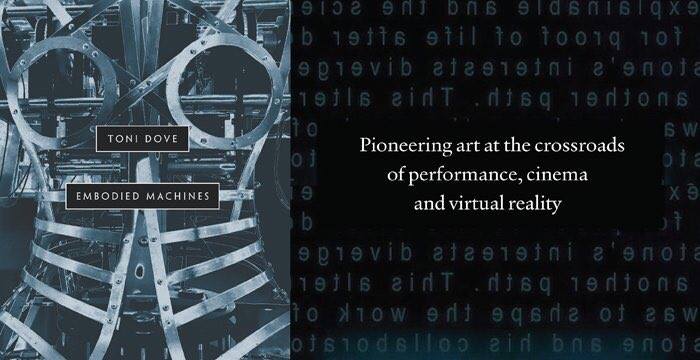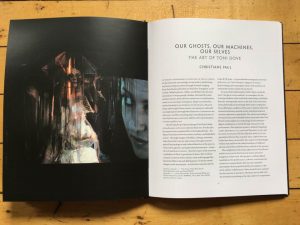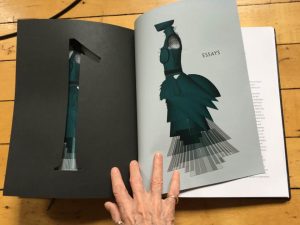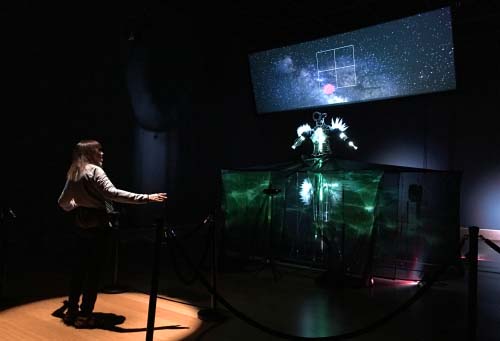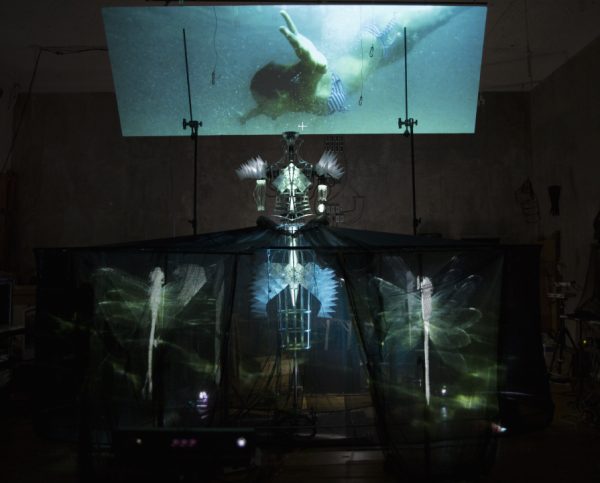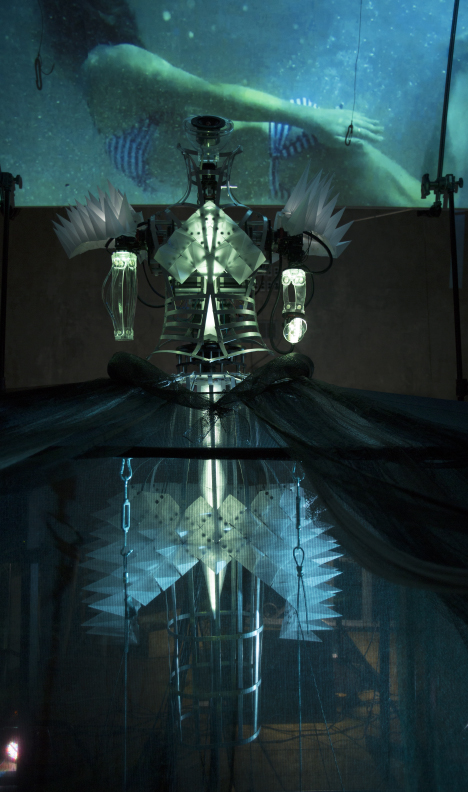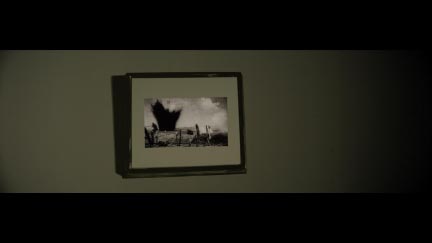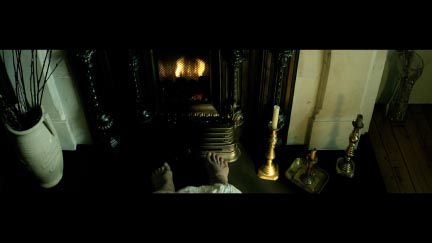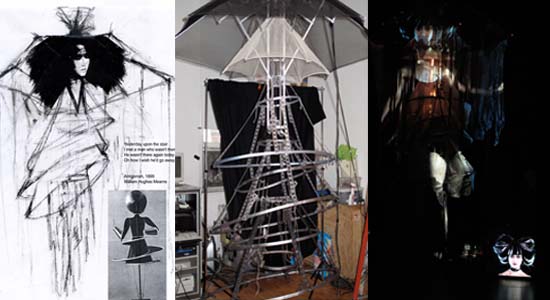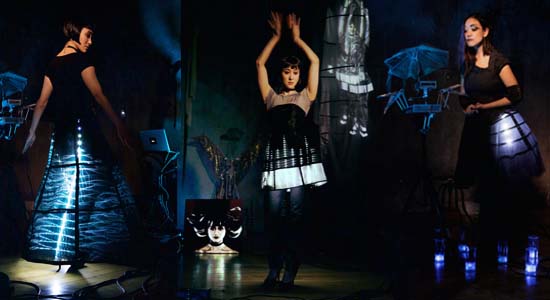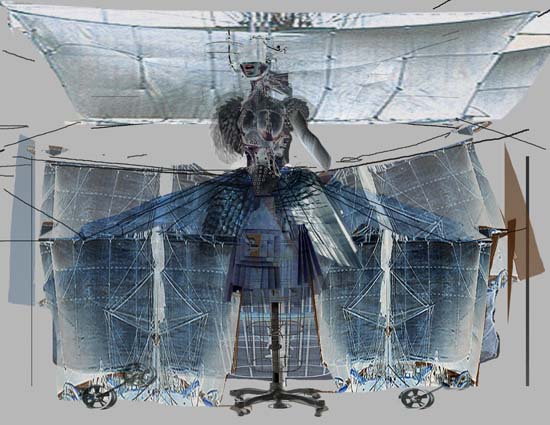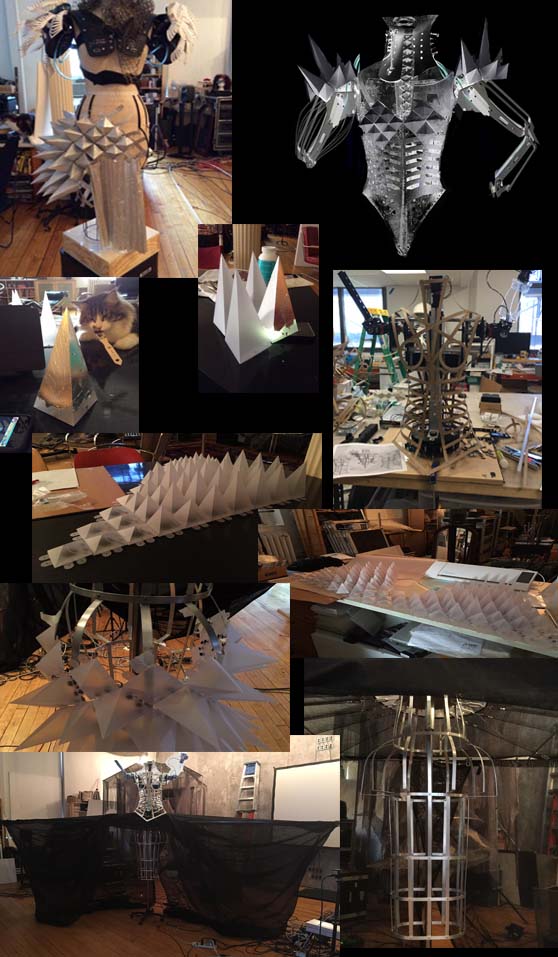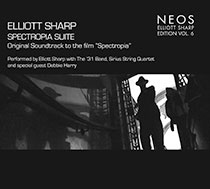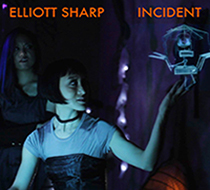Sunjammer 6: A Tale Blown by a Solar Breeze
A NEW WORK IN DEVELOPMENT
I began by thinking about two characters across oceans of time and how they would communicate. One a mathematician, one an engineer. They might speak using mathematics. I was looking at our current moment and the relentless, exhausting polarization. This piece is really about the tension between the fear of knowledge and the constructs humans use to build language and symbol systems that speak about what we can’t see, what we can’t touch. Mathematics, physics, the evolution of models of the cosmos…and the forces of attraction between heavenly bodies…or humans.
Sunjammer 6: A Tale Blown by a Solar Breeze is a a love story, a conversation between two virtual characters connecting across time, each pushing back against an encroaching dark age.
Hypatia, a Hellenistic astronomer, mathematician and philosopher assassinated in 415 AD returns 10 years in our future as a furious ghost. As she navigates her new environment she absorbs what has happened over time and encounters a NASA engineer building a solar array off world power station.
The core of Hypatia is a hybrid AI that responds to the movement and gestures of multiple viewer-operators, and reacts to them with what appears to be a complex personality.
This innovative format is a fusion of sculpture, installation, cinema and performance for viewers moving in a space. Versions will exist for linear performance and for installation.
Viewer/operators move around the triangular scrim and engage with Hypatia and other characters and elements of the narrative.
The project is a visual novel, a movie, and a machine that tells stories. A poetic and dreamlike experience, viewers activate the process and become embedded in another dimension.
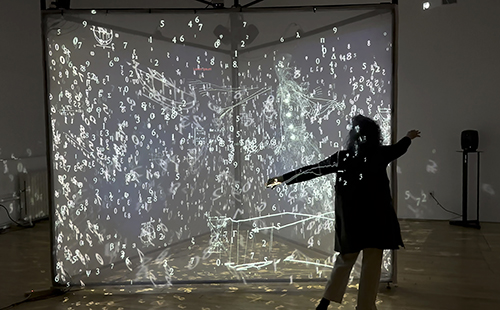
–
TECHNICAL REQUIREMENTS AND EQUIPMENT FOR INSTALLATION:
The screen has 3 scrims in a triangle formation. It breaks down and reassembles for travel. There are 3 short throw projectors hung – one for each side of the triangle.
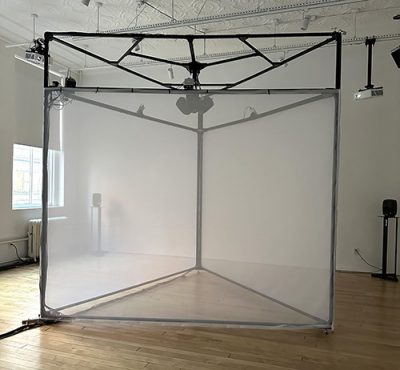
3 speakers and 6 cameras are embedded in the screen structure, a cube of 8 speakers: 4 hung in the upper room corners, 4 on floor stands, and 2 additional Ultrasonic speakers on servo motors hung. Equipment travels with the show unless a venue supplies specified projectors or speakers.
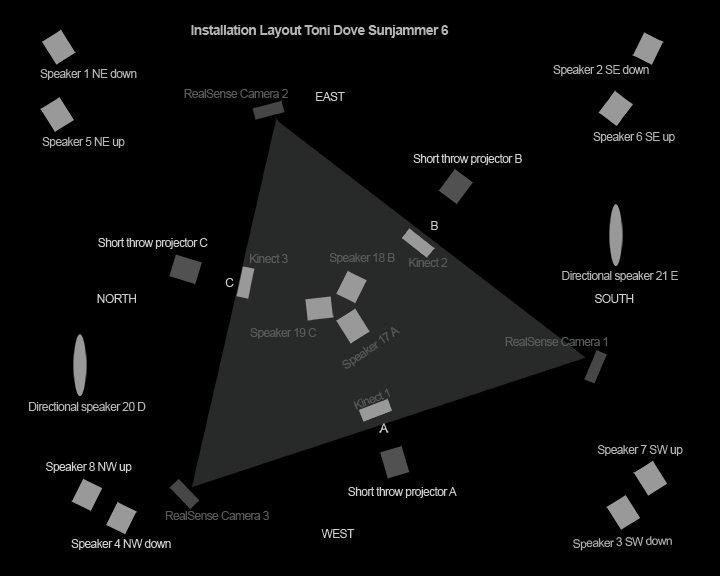
The AI combines Azure Kinect skeletal tracking and game engine AI with proprietary software that includes blob detection and interactive and emergent behavior design.
The installation version is an infinity loop that runs for approx. 15 min. The longer narrative performance will be approx. 40 min. There are a variety of ways the installation can be presented using both formats or one and this can be shaped with the venue to best suit presentation needs. Spaces: Black box theaters or gallery spaces that have the ability to be dark and hang speakers and projectors. The screen structure is 10’ high with 3 projection surfaces of 8’x10’. The minimum ceiling height for the room is approx. 12’
SUNJAMMER 6 IS SUPPORTED BY:
- Doris Duke Foundation Performing Arts Technologies Lab Grant, 2024/2025
- Fellow: Yale University CCAM, 2023-ongoing, Research and Development
- Artist in Residence: Integrated Digital Media, Tandon School of Engineering, NYU, ongoing
- N.E.A. Grant with Harvestworks and Paul Geluso, Director of Music Technology, Steinhardt School of Music, NYU, for sound follower instrument technology development, 2022
- Artist in Residence: Bell Labs, E.A.T. Program, 2020/21
- Artist in Residence: Pioneer Works Virtual Environments Lab,
- 2020•N.Y.S.C.A.: Independent Artist Film and Video Grant 2020
CREATIVE TEAM:
- Tommy Martinez: Producer and Sound Technologist
- Siyuan Qiu: Lead Unity Developer for Visual and Interactive Design
- Nina Demirjian: Unity and AR Developer
- Quentin Chiapetta, Medianoise: Sound Design
- Rene Steinke: Novelist/ Script Development
- Paul Geluso: Spatialized Sound Design System
- Chorus: VO by Christina Campanella and John Rose
- Wufeng Kai: 3D Modeling and Unity Development
- Ross Wightman: Wave Table Synthesis instrument
- Danielle McPhatter: E.A.T. Program, Bell Labs, EY: Software Design
- Indira Ardolic: 3D Modeling
RECENT WORK BY TONI DOVE: The Dress That Eats Souls
- Vimeo documentation includes project description and links to press: https://vimeo.com/268335347
- NYTimes Profile, Ted Loos: http://nytimes.com/2017/10/28/arts/toni-dove-dress.html
Selected Reviews:
- Art News, Barbara MacAdam: http://www.artnews.com/2018/03/15/vasari-diary-stuart-klipper-toni-dove-william-h-gass-reader/
- Herald Tribune, Marty Fugate: heraldtribune.com/entertainmentlife/20180322/art-review-multimedia-artist-toni-dove-imagines-brave-new-world-at-ringling
